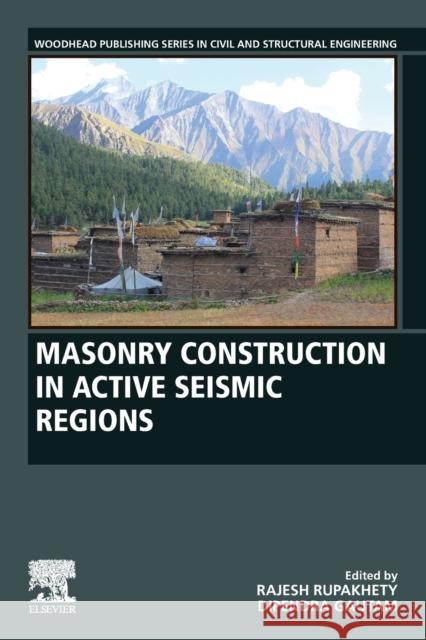Masonry Construction in Active Seismic Regions » książka
topmenu
Masonry Construction in Active Seismic Regions
ISBN-13: 9780128210871 / Angielski / Miękka / 2021 / 482 str.
Kategorie:
Kategorie BISAC:
Wydawca:
Woodhead Publishing
Seria wydawnicza:
Język:
Angielski
ISBN-13:
9780128210871
Rok wydania:
2021
Numer serii:
000904755
Ilość stron:
482
Waga:
0.63 kg
Wymiary:
22.86 x 15.24 x 2.46
Oprawa:
Miękka
Wolumenów:
01
Dodatkowe informacje:
Bibliografia











